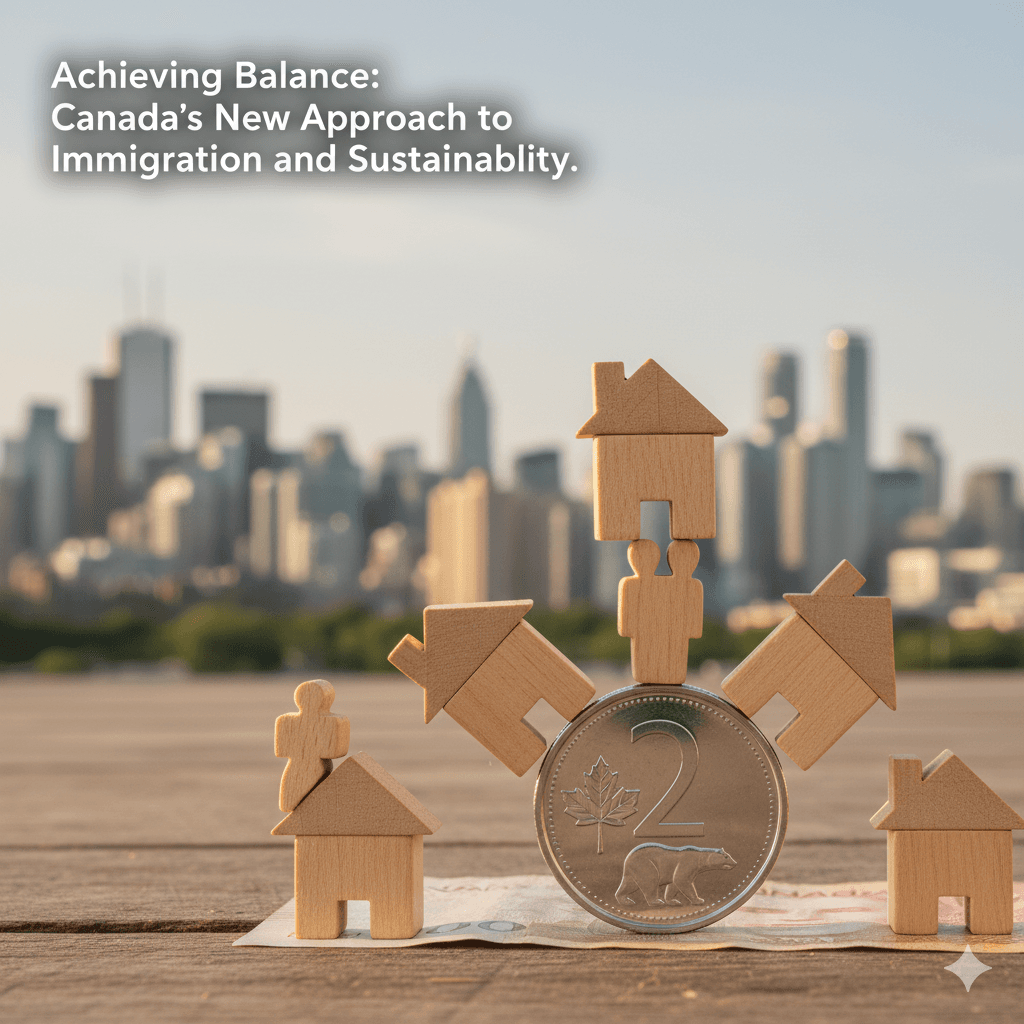


OTTAWA, October 27, 2025 — Immigration, Refugees and Citizenship Canada (IRCC) is set to release its highly anticipated 2026–2028 Immigration Levels Plan, signaling a decisive shift from rapid population growth to a strategy focused on sustainability, economic precision, and regional needs. The new three-year roadmap is expected to confirm a commitment to moderating intake levels to align with capacity in housing and public services across the country.
Following a landmark policy shift in the 2025–2027 plan, the upcoming targets are expected to remain stable or show only modest adjustments from the current path, keeping the annual permanent resident (PR) intake focused on a sustainable level—likely hovering around 365,000 to 380,000 annually.
The core of the strategy remains the Economic Class, which is projected to account for approximately 62% of all admissions by 2027. Emphasis will continue to be placed on talent that is already contributing to the Canadian economy. Pathways for candidates already in Canada, such as those transitioning from the International Student or Temporary Foreign Worker programs, will be prioritized. This includes a continued, strong reliance on Category-Based Express Entry draws to recruit skilled workers in essential fields like healthcare, skilled trades, and technology.
In a crucial effort to alleviate strain on urban infrastructure and the housing market, the government is expected to reinforce its strategy to reduce the overall share of temporary residents (TRs) in the population. The 2026–2028 plan will likely include strict targets aiming to bring the TR proportion down to the stated goal of 5% of Canada’s total population by the end of 2026.
This moderation is expected to keep the national cap on international study permits close to the 2025 level (437,000 approvals). Future student intake will continue to be tied to provincial allocations, compelling applicants to seek admission to verifiable educational institutions that are aligned with regional labor market needs and housing capacity.
A significant theme of the new plan will be the empowering of provinces and territories to steer their own immigration futures. Allocations for the Provincial Nominee Programs (PNPs) are anticipated to rise, giving local governments greater control to recruit newcomers who are committed to settling in specific, smaller communities with critical labor shortages.
Furthermore, IRCC is expected to advance its commitment to linguistic diversity, aiming to achieve or surpass the target of 10% Francophone immigration outside of Quebec by 2027. This will likely translate into more favorable pathways and higher invitation volumes for French-speaking candidates across various immigration streams. Balance: Canada's New Approach to Immigration and Sustainability."



















